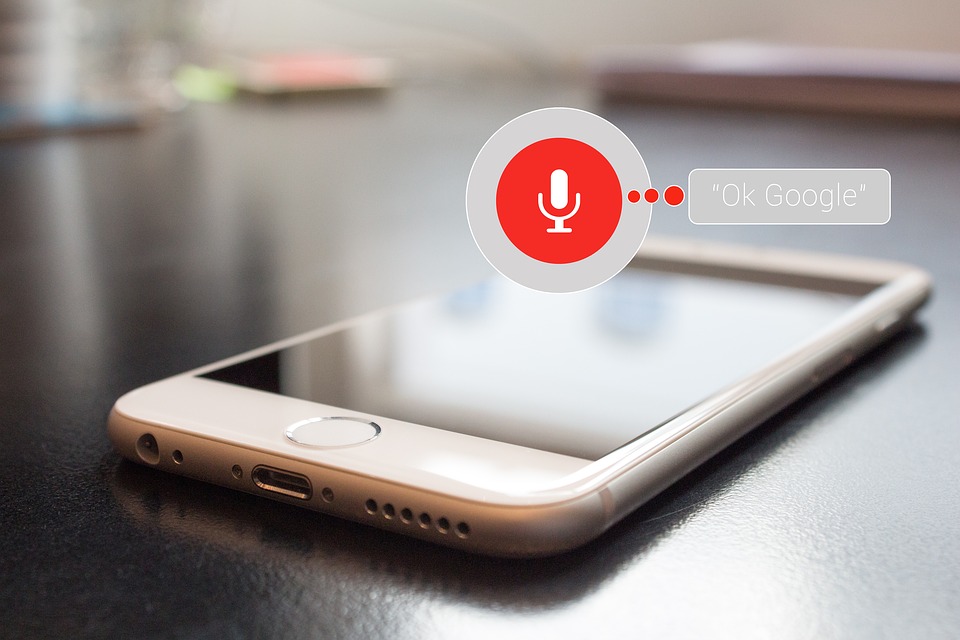Voice search is a feature that’s rapidly gaining popularity, seeing as how almost half of all mobile users tend to use it on a daily basis. This has resulted in a massive increase in demand for voice search SEO and, as of lately, voice search-based ad personalization. Furthermore, with the Amazon’s Echo platform as a hot piece of news, it’s quite likely that we might soon see an outburst of voiced online ads. Here are several things you need to know about this feature before you start your next digital marketing campaign.
Not ads in a traditional sense
When it comes to the phrase advertisement, most people think of ads in a traditional sense, like TV commercials or radio ads, when, in reality, this is not really so (at least when it comes to the Google’s voice search option). You see, the differences are fundamental, even though they might, eventually, lead to the one and the same thing. Namely, what you get is an on voice organic content response from Google in the form of snippets and local results. The significance of the latter will be further discussed in the next section.
Easier localization
The greatest problem that Google’s search engine experienced in the past was the fact that it suffered from your smartphone’s inability to pinpoint your location. As a result, the algorithm had a hard time understanding the context and even identifying the spoken language. Nowadays, all of these troubles are a thing of the past and the recognition of words spoken in English has risen to about 95 percent.
When you take into consideration the possibility of a typo in a traditional search, the omission of articles and prepositions, as well as the lack of apostrophes, it turns out that a voice search provides Google with a simpler, more grammatical form of the inquiry.
This is important for the localization of the ad, especially when taken into consideration the fact that 78 percent of all local mobile searches eventually become offline purchases. This, naturally, includes voice searches, as well. This way, you can use the data gathered from this personalization as a mean of easier customer targeting (based on location), resulting in more conversion rate.
Overcoming ad immunity
The greatest problem with currently predominant online ads is that:
A) a lot of people have AdBlock installed
B) people nowadays have the ability to recognize ads disguised as regular content.
Of course, this is something that’s bound to happen with voice-search based ads as well, which will usher the new era of marketing and force marketers and even the top ad agencies to come up with something entirely different. Until this happens, however, voice search-based ad personalization will still be the ultimate tool of traffic generation.
The issue with trust
The key feature behind the voice-based ad personalization lies in the fact that there is an innate human inclination to trust the closeness of a voice (of a virtual assistant) more than they trust the written word. However, it all depends on whether or not the audience knows that the voice answer is paid. The cognition of this could result in a massive trust loss with the consumers, which, automatically, undermines all the progress you’ve made so far. Still, when approached with enough subterfuge, it’s possible to circumvent this issue altogether.
One ad at a time
In the dawn of the Amazon echo assistant advertising audio platform, you need to understand that there’s one major difference between audio ads (even on Google) and traditional online ads. Namely, on a random blog post or web page, it’s possible to display multiple different ads often competing for the attention of the users, while with an audio ad, this thing is completely impossible. The rule is, one ad at a time and you need to adhere to it as much as possible.
Integration into the driving experience
Another reason why voice search is so effective is due to the fact that it’s hands-free and, therefore, driving-friendly. Millions and billions of people worldwide drive to work every single day, which makes them into a potentially numerous and lucrative demographic for you to reach out to. Furthermore, this gives marketer yet another underhanded outreach angle.
Most people have easily identifiable patterns of behavior when driving. For instance, they listen to the same music and same podcasts every single day. Therefore, tailoring your ad to integrate into these content formats organically may increase their receptiveness and keep their defense mechanisms lowered.
In conclusion
It is more than clear that the world of digital marketing moves closer and closer to complete personalization with each passing moments. Your customers are no longer content with being treated as demographics but prefer to be looked at as individuals. In the past, it was impossible to achieve such a level of individualization, yet, with the help of voice search, virtual assistants and audio ads this might not be that far from reality.

